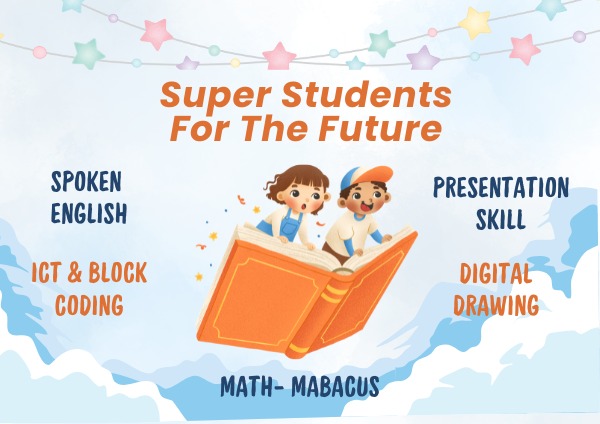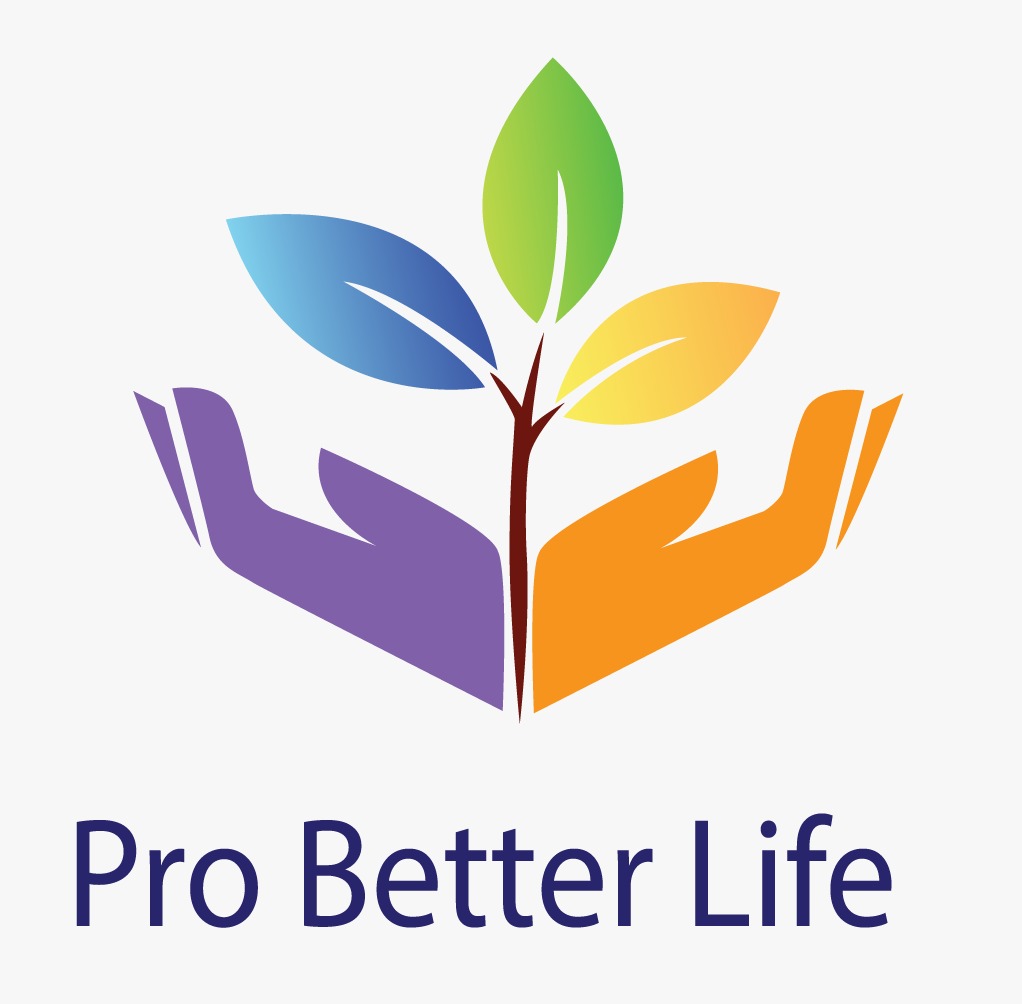Super Students For the Future
Course Plan
- Spoken English
- ICT & Block Coding
Module 1
Abacus & Finger Theory – Addition &subtraction
1 to 99 numbers
+5 combination +5 combinations
1 & 2 digits (non combination)
Module 2
Abacus
+ 10 combinations -1 to 99 numbers
Mental Theory
Abacus & Finger theory
Addition & subtraction
-10 combinations, +6 to +9 and -6 to -9 double combinations.
Module 3
Abacus
Multiplication 2 digits 1 digit (with tables 1 to 9)
Mental theory
Addition & subtraction
1 & 2 digits
Module 4
+5 combination, -5 combination (+10 combinations)
Abacus
2 &3 digits all combinations
Multiplication 2 digits 1 digit, 3 digits 1 digits and 4 digit 1 digits
Addition & subtraction
2 digits all combinations
Multiplication 2 digits 1 digit
Module 5
Abacus
Addition & subtraction
2, 3, & 4 digits all combinations
Decimals 4 digits all combinations
Multiplication 3 & 4 digits 1 digit, 2 digits 2 digits
Division 2, 3 and 4 digits 1 digits
Division 2 digits 1 digit
Module 1: Introduction to Storytelling and Presentation
- Class 1: Course Overview and Objectives
- Introduction to storytelling and presentation.
- Course goals and expectations.Importance of storytelling in various contexts.
Class 2: The Elements of a Story
- Understanding the basic elements: plot, character, setting, conflict and resolution.
- Analyzing examples of powerful stories.
Module 2: Crafting Your Story
- Class 3: Finding Your Story
- Identifying personal experiences and ideas worth sharing.
- Brainstorming and story selection.
- Class 4: Structuring Your Story
- The narrative arc: beginning, middle, and end.
- Techniques for organizing your story.
Module 3: Developing Characters and Settings
- Class 5: Character Development.
- Creating relatable and dynamic characters.
- Character-driven storytelling.
- Class 6: Describing Settings
- Setting the scene: how to create a vivid setting.
- Using Sensory details to enhance your story.
Module 4: Building Conflict and Resolution
- Class 7: Creating Conflict.
Types of conflict (internal vs. external)
Techniques for building tension.
- Class 8: Crafting Resolutions
Developing satisfying conclusions.
Ensuring resolutions are impactful and meaningful.
Module 5: Storytelling Techniques
- Class 9: Show, Don’t Tell
Techniques for showing rather than telling.
Balancing dialogue and narrative.
- Class 10: Using Metaphors and Symbolism
Enhancing your story with figurative language.
Practical exercises in metaphor and symbolism.
Module 6: Presentation Skills Basics
- Class 11: The Basics of Effective Communication
Verbal and non-verbal communication.
Body language, tone, and pacing.
- Class 12: Overcoming Stage Fright
Techniques for managing anxiety.
Building confidence through practice.
Module 7: Visual and Multimedia Aids
- Class 13: Designing Visual Aids
Creating effective slides and visual aids.
Integrating visuals seamlessly into your presentation.
- Class 14: Using Multimedia Tools
Incorporating videos and audio into your presentation.
Best practices for multimedia use.
Module 8: Engaging Your Audience
- Class 15: Audience Analysis
Understanding your audience.
Tailoring your message to different audiences.
- Class 16: Interaction and Engagement.
Techniques for engaging your audience.
Handling questions and interactive elements.
Module 9: Practice and Feedback
- Class 17: Practice Session 1
Students deliver their stories.
Peer and instructor feedback.
- Class 18: Practice Session 2
Continued practice with a focus on improvement.
Refining based on feedback.
Module 10: Final Presentations
- Class 19: Final Presentation Preparation
Final adjustments and rehearsals.
One-on-one coaching.
- Class 20: Final Presentations
Students deliver their final presentations.
Summative feedback and course wrap-up.


